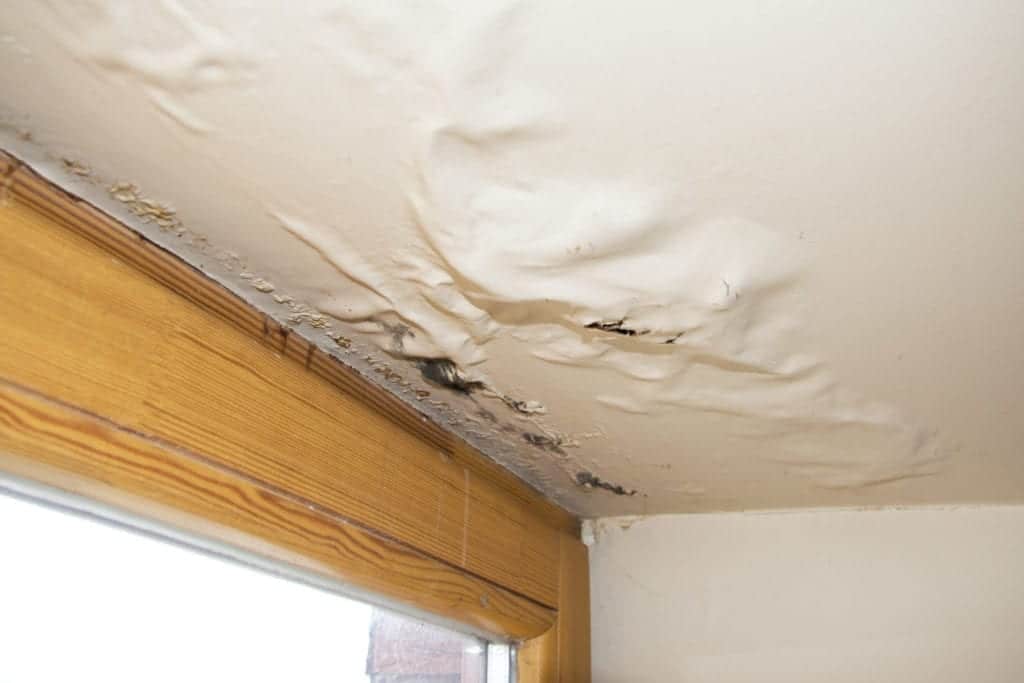How to Examine If Your Residence Has a Concealed Leak
How to Examine If Your Residence Has a Concealed Leak
Blog Article
They are making several good pointers on the subject of Top leak detection hacks overall in the article in the next paragraphs.

Early discovery of dripping water lines can mitigate a prospective catastrophe. Some small water leaks might not be noticeable.
1. Check Out the Water Meter
Every home has a water meter. Checking it is a surefire manner in which helps you uncover leakages. For starters, switch off all the water sources. Ensure no one will certainly flush, make use of the faucet, shower, run the cleaning maker or dishwashing machine. From there, go to the meter and also watch if it will transform. Because no one is utilizing it, there must be no activities. That suggests a fast-moving leakage if it moves. If you detect no adjustments, wait a hr or two and also check back again. This suggests you may have a slow-moving leak that might also be underground.
2. Examine Water Consumption
If you find abrupt modifications, despite your usage being the same, it suggests that you have leakages in your plumbing system. An abrupt spike in your expense shows a fast-moving leak.
A steady boost every month, also with the exact same routines, reveals you have a slow-moving leakage that's also slowly escalating. Call a plumber to completely examine your residential or commercial property, particularly if you feel a cozy area on your floor with piping beneath.
3. Do a Food Coloring Test
30% comes from toilets when it comes to water usage. Examination to see if they are running properly. Decrease flecks of food shade in the container and wait 10 minutes. If the color somehow infiltrates your dish throughout that time without flushing, there's a leakage in between the tank and also bowl.
4. Asses Exterior Lines
Do not neglect to inspect your exterior water lines too. Ought to water seep out of the connection, you have a loose rubber gasket. One tiny leakage can lose loads of water and spike your water bill.
5. Analyze the situation and evaluate
House owners must make it a practice to examine under the sink counters as well as also inside cabinets for any bad odor or mold and mildew growth. These 2 red flags indicate a leakage so prompt focus is needed. Doing routine examinations, even bi-annually, can conserve you from a major trouble.
If you understand your house is already old, maintain a watchful eye on your heating systems, hose pipes, pipelines etc. Check for stainings as well as damaging as a lot of appliances as well as pipes have a life expectancy. They will certainly likewise naturally deteriorate because of tear as well as use. If you presume dripping water lines in your plumbing system, do not await it to intensify. Call a specialist plumber as soon as possible so you don't wind up with a horrible mess in your house.
Early discovery of dripping water lines can alleviate a possible catastrophe. Some little water leaks might not be noticeable. Checking it is a surefire means that aids you uncover leakages. One little leakage can waste lots of water and surge your water bill.
If you presume leaking water lines in your plumbing system, don't wait for it to escalate.
WARNING SIGNS OF WATER LEAKAGE BEHIND THE WALL
PERSISTENT MUSTY ODORS
As water slowly drips from a leaky pipe inside the wall, flooring and sheetrock stay damp and develop an odor similar to wet cardboard. It generates a musty smell that can help you find hidden leaks.
MOLD IN UNUSUAL AREAS
Mold usually grows in wet areas like kitchens, baths and laundry rooms. If you spot the stuff on walls or baseboards in other rooms of the house, it’s a good indicator of undetected water leaks.
STAINS THAT GROW
When mold thrives around a leaky pipe, it sometimes takes hold on the inside surface of the affected wall. A growing stain on otherwise clean sheetrock is often your sign of a hidden plumbing problem.
PEELING OR BUBBLING WALLPAPER / PAINT
This clue is easy to miss in rooms that don’t get much use. When you see wallpaper separating along seams or paint bubbling or flaking off the wall, blame sheetrock that stays wet because of an undetected leak.
BUCKLED CEILINGS AND STAINED FLOORS
If ceilings or floors in bathrooms, kitchens or laundry areas develop structural problems, don’t rule out constant damp inside the walls. Wet sheetrock can affect adjacent framing, flooring and ceilings.
https://www.servicemasterbyzaba.com/blog/how-to-detect-water-leakage-in-walls/

As a keen person who reads about Top leak detection hacks, I was thinking sharing that segment was a smart idea. Sharing is caring. Who knows, you will be doing someone a favor. We treasure reading our article about Detecting hidden plumbing leaks.
Report this page